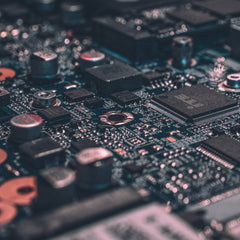
Smart Cities Are No Longer Optional
As more cities begin to adopt the features of what has been deemed an IoT revolution, it will be important that there are standards in place. These standards will make the most innovative tech much more synonymous solutions in cities around the globe, which will assist in distinguishing solutions that work from solutions that don’t



